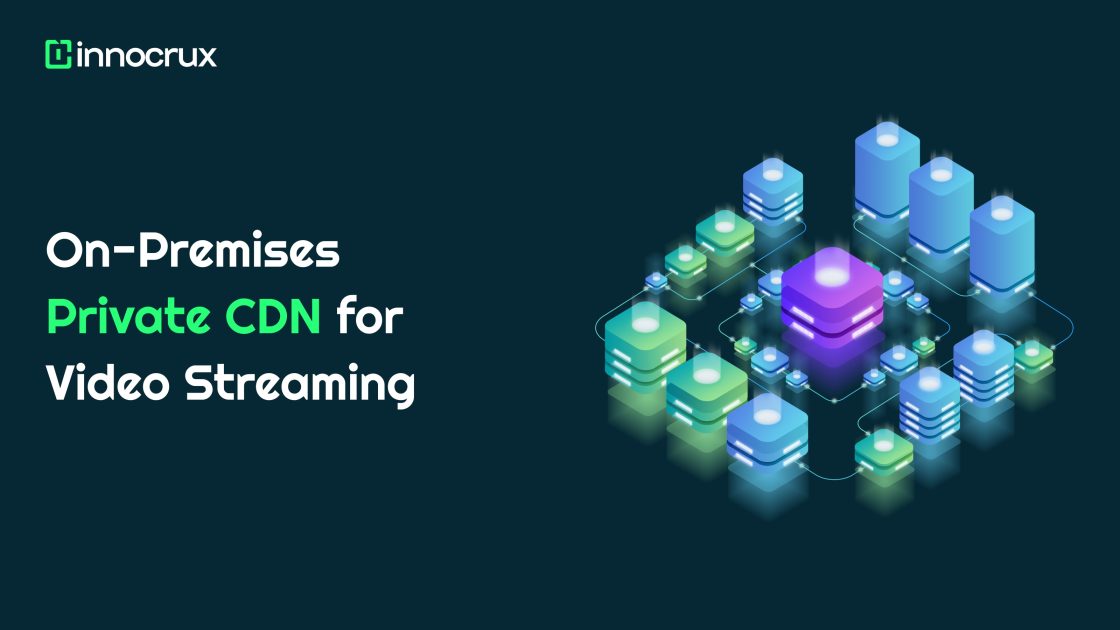Overview
While watching a live video, have you ever wondered how ‘live’ is your live video? Is it really real-time? Often when you are watching a live event in a stadium or an auditorium and parallelly observe the live video streaming on a nearby TV, you can notice video & audio delays. When most of the crowd is cheering for a goal, the player would have just kicked the ball in the video stream. This delay between the physical live event and the digital live streaming is called latency.
How latency occurs in video streaming?
On average most live streams have a latency of 30-120 seconds. Video is passed over the internet as chunks of data from the camera to the viewing device and it may take time and add to delays due to the intermediate processes involved. Streaming latency may occur due to the technical delay in one or more steps of the digital video delivery workflow that includes, camera processing time, encoding/packaging, CDN ingesting, transmission & delivery.
What is low latency?
A certain amount of latency is fine and ignorable for certain human interactions, but what if your business requires a close to real-time viewing experience! That’s when the concept of low latency jumps in. Digitally there may not be (yet) an absolute ‘real-time’ scenario and the term low latency is very subjective to the type of business requirement. Yet, digitally a latency of less than 100ms is considered as low latency in video streaming. It is even possible to achieve ultra-low latency streaming with latency as low as 30ms for some real-time interactive use cases.

When is low latency video streaming required?
A low latency streaming solution is required only when the business demands it. Live events like linear programming and one-way streams that require little or no interaction can deal with some amount of latency while low latency, ultra-low latency and near real-time video streaming are required for use cases that demand interaction, transaction and better user experience. Here are some of the use cases and scenarios that inarguably need low latency streaming solutions.
- Live Sports streaming– Millions of viewers watch live sports at the same time. As viewers are constantly engaged and interacting on social media platforms, it is really important to give a near real-time viewing experience for satisfying and Immersive sports witnessing.
- Two-way communication streams – Ultra low latency live video streaming is the key for successful interactive streams like auctions and live event streaming. You don’t want to miss out on the liveliness of a personal event or an important auction where latency can literally cause you a loss.
- Betting and Bidding – Betting, bidding & casinos are those live events that give you the real high of being in the moment. When the same happens digitally, it is expected to be rapid, swift and near-real-time. As you can win or lose millions in no time, it is important that all users are on the same page.
- Video Game Streaming – Online games and multiplayer games must reflect the gamers’ actions in real-time. There is no fun with latency involved while gaming; imagine you shooting another player when you are already dead! Low latency is of utmost seriousness in this virtual universe for the best gaming experience.
- Second-Screen Experiences – The second screen experience is all about community and interaction. If you are engaged in a second screen event like live sports or quiz or contests, it is expected that your video stream is in sync with your TV or the main broadcasting platform, so that you are actively a part of the event and the group watching it together.
- Video conferencing – Video conferencing or a News debate are ideally a replacement to the in-person meet. An ultra-low latency streaming platform is crucial to deliver the right communication experience that avoids unwanted delays and miscommunications.
Important factors affecting latency
Live video streaming is a complex process that involves chunks of data being processed, transmitted, received and converted. Depending on the infrastructure and architecture any one or more factors can contribute to latency and affect the live stream.
- Camera processing – The camera used to capture the live event does a bit of process before sending it to the next level. The video is converted into digital signals which is one of the key factors for latency
- Encoding & packaging – The processed digital signals are encoded into a compressed format suitable for transmission across the internet. Depending on the encoding standards and techniques, a fair amount of latency could be added to the process
- CDN ingestion & transmission – Video is transmitted over the internet via multiple content delivery networks for a wider reach. This adds to an additional layer of latency owing to caches and internet bandwidth.
- Video delivery – There is latency involved in the end-user reception as well. Based on the internet connection used and the bandwidth, the videos may encounter delay and buffering causing more latency
Delivering Low Latency videos with streaming protocols
How to stream with low latency by overcoming the technical hurdles posed by the video processing workflow is the next big question! And all answers point to low latency video streaming software with streaming protocols. Streaming protocols are technologies that play a significant role in delivering high-quality videos with low latency. Here are some of the protocols with proven results.
- WebRTCWebRTC in short for Web Real-time communication is one of the recently popular & advanced protocols that delivers low latency videos. It works perfectly on any native web browser and supports real-time video conferencing requirements.
- RTMP Real-Time Messaging Protocol delivers seamless video with low latency with the help of flash. Though RTMP protocol is fast enough, most low latency video streaming software is moving away from it as flash is losing its significance.
- SRTSecure Reliable Transport (SRT) is an open-source video transport protocol and technology stack that optimizes video streaming performance across unpredictable or unstable networks.
- FTLFaster Than Light is another popular streaming protocol that uses Opus audio codec and the H.264 video codec for a balanced smooth playback and low latency with a minor drop of video quality.
- HLS & DASHThe HLS & MPEG – DASH streaming protocol process the video’s data chunks in smaller segments to achieve low latency. It is one of the highly efficient streaming protocols.
When you are into the business of professional broadcasting, low latency is of primary importance to give your users a much-deserved viewing experience
-Innocrux
Final Thoughts
Technologically there are plenty of protocols and approaches that can help you achieve low latency video streaming and it is only a matter of optimizing & utilizing the right tool that suits your requirements. With a perfect streaming solution provider like Innocrux which gives you the flexibility to customize your platform and its features, the ideal low latency video streaming solution is a walk in the park!








No comments yet